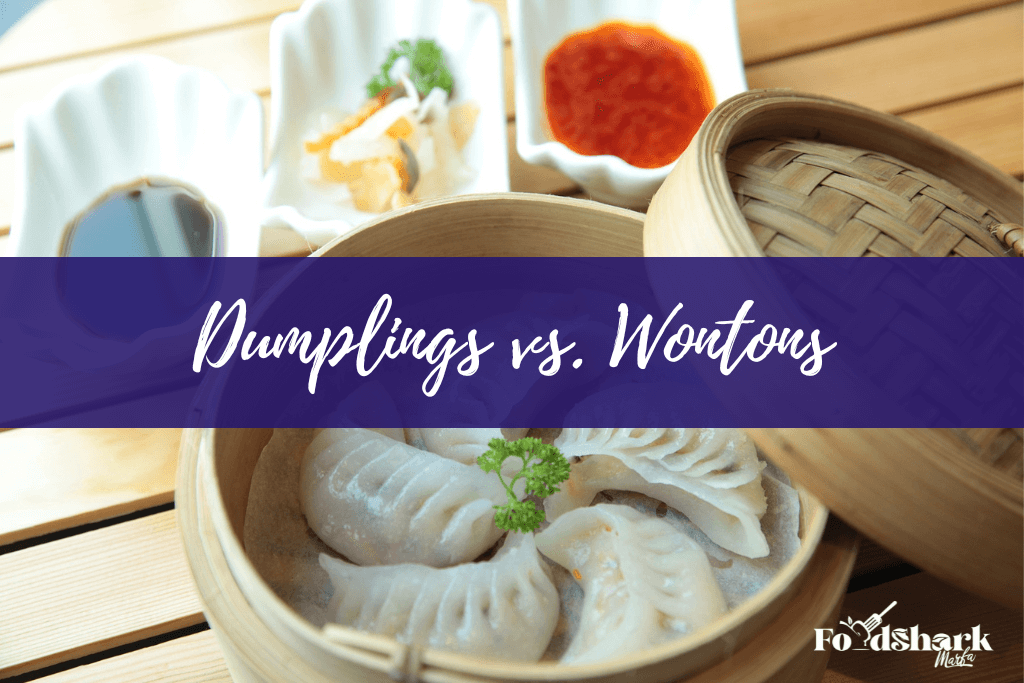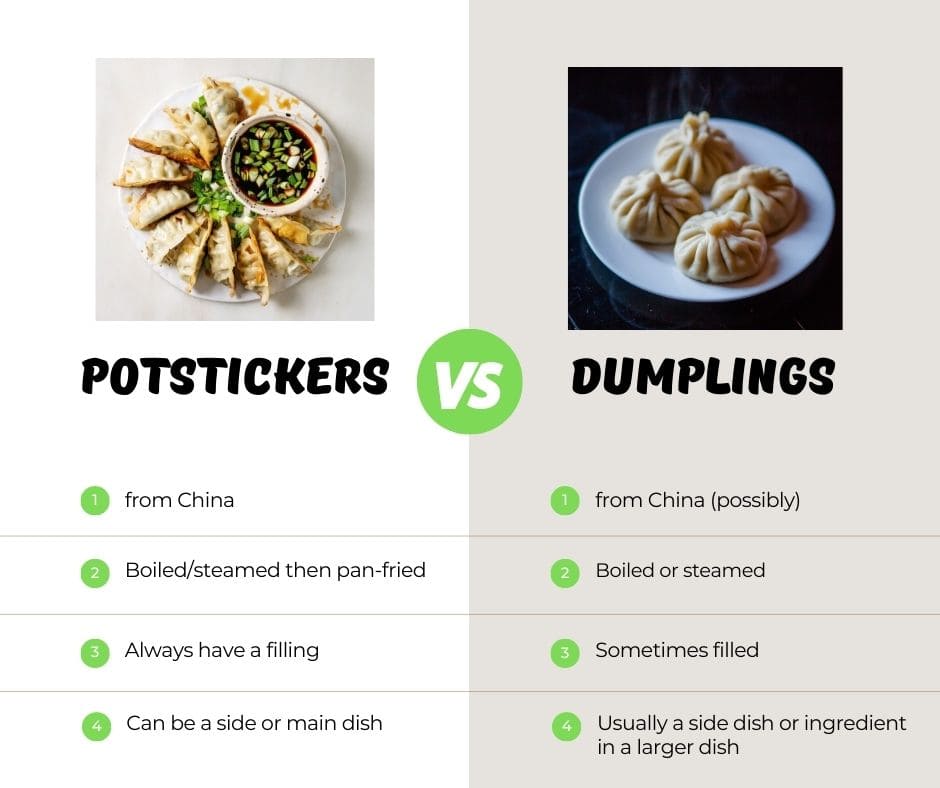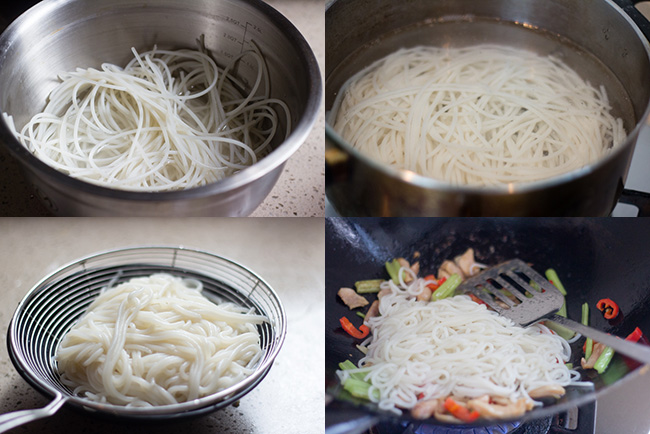Wonton vs Dumpling: Unraveling the Asian Dumpling Dilemma
– Wontons and dumplings are both dough-based dishes in Chinese cuisine.
– Wontons are a type of dumplings.
– Dumplings are parcels of unleavened dough that may or may not be filled with sweet or savory ingredients.
– Chinese dumplings are called jiaozi and can be served as an appetizer or main course.
– Dumplings have various fillings and can be served plain or with a dipping sauce.
– The first recipe for dumplings appeared in a Roman recipe text in the fifth century AD.
– The Chinese dumpling, or jiaozi, was invented during the Han Dynasty by Zhang Zhongjing.
– Dumplings can be shaped like a half-moon or crescent.
– Dumpling dough is made of wheat flour, water, and salt.
– Dumpling wrappers can vary in thickness and texture.
– Savory fillings for dumplings include minced pork, shrimp, beef, chicken, lamb, and stir-fried vegetables.
– Wontons are a popular dish that can be found in markets and restaurants and are often folded into triangle shapes or little purses.
– Wonton wrappers have a higher ratio of flour to water and are thinner than dumpling wrappers.
– Wontons are commonly filled with minced pork, shrimp, or prawns with added flour as a binder.
– Other ingredients such as shallot, ginger, garlic, scallions, chili, and bok choy can be added to wontons for taste.
– Wontons can be boiled, deep-fried, pan-fried, or steamed.
– Wontons are often served without dipping sauces, but options such as duck sauce, plum sauce, soy sauce, oyster sauce, sweet and sour sauce, or hot mustard can be used for fried wontons.
– Wontons are usually served as appetizers, on top of rice dishes, or in soup.
– Wontons are smaller in size compared to dumplings.
– Wonton wrappers are square-shaped and may contain egg, while dumpling wrappers are round-shaped and do not require egg.
– While all wontons are dumplings, not all dumplings are wontons.
– Wonton filling is usually well-seasoned and thickened with starch, while dumpling filling can vary greatly.
– Dumplings can range in size from small appetizer size to large meal-sized, while wontons are typically served small in soups or as appetizers.
– There are many types of dumplings, but only one kind of wonton.
– Wonton wrappers can be used for dumplings, although purists may disagree.
– Wontons and potstickers are different types of dumplings with variations in filling, wrappers, and folding.
– Not all dumplings have fillings; some can be plain.


